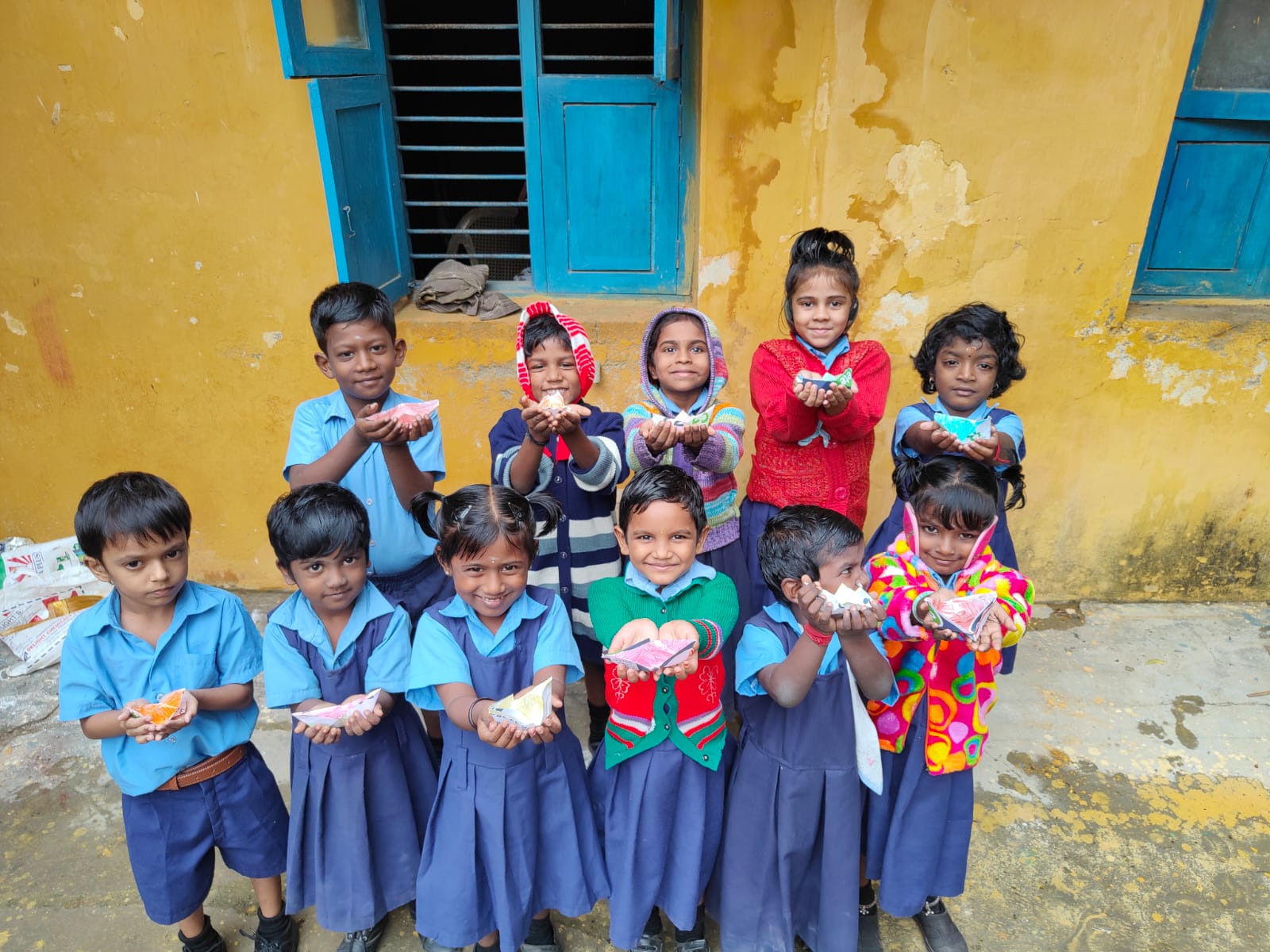How Multiple Intelligence learning can help your child
Welcome to the world of Multiple Intelligence learning at SMF!
As educators, we are constantly looking for ways to bring out the best in our children. Every child possesses a dominant intelligence and learning style, irrespective of their circumstances in life. The concepts of multiple intelligence encourage social interactions, thinking, physical movements and being in tune with nature. This form of learning helps them register, retain and recall concepts while stimulating their innate curiosity and abilities. Besides developing their interpersonal and intrapersonal skills, it instils self-esteem and a positive attitude towards learning. We hope this article will help you understand the importance of multiple intelligence and its merits while gaining an insight on how we leverage it in our VIPASANA Microcenters (after school education centres).
Multiple intelligences or Multi-intelligence is a theory of intelligence that suggests that there are many different types of intelligence, rather than just one general intelligence. This theory was proposed by Howard Gardner, a psychologist and cognitive scientist. Gardner identified eight different types of intelligence: linguistic intelligence, logical-mathematical intelligence, musical intelligence, spatial intelligence, bodily-kinaesthetic intelligence, interpersonal intelligence, intrapersonal intelligence, and naturalistic intelligence.
The idea behind multiple intelligences is that people have different strengths and ways of learning, and a one-size-fits-all approach to education is neither effective nor realistic. Instead, education should be tailored to the individual learner and should take into account their unique strengths and acumen. By recognizing and building on a student's strengths, it is thought that they will be more motivated and engaged in their learning.
There are many ways in which the theory of multiple intelligences can be implemented in education. Here are a few examples of how we apply it.
- Assessing students' intelligences: Our teachers assess students' strengths in each of the different intelligences to get a better understanding of how each student learns best. We give our children our own crafted diagnostic test to get a sense of their conceptual understanding. They are then divided into batches based on defined levels rather than the grades in which they study in their school.
The children are encouraged to hone their interaction with other children of varying age groups, improving their interpersonal skills. This also develops a sense of responsibility for the older students as they now work with children who are younger than them, and often guide them with assignments. In batches with multiple grades we often see the older students become self-appointed teaching assistants, ensuring the teacher’s instructions are carried out by the younger ones.
- Differentiated instruction: Teachers use the results of the assessment to differentiate instruction, tailoring their teaching methods and materials to the unique strengths and intelligences of their batches.
- Creating a diverse learning environment: The teachers create a learning environment that utilises a variety of materials and incorporates activities that tap into different intelligences of the children in their class. For example, a teacher might use music, art, and hands-on activities to engage students with varied intelligences in any given class. Refer to our previous blog to learn how we incorporate recycled materials in our activities. We also use a combination of sound based games for phonetics along with visually rich videos to complement their lessons.
- Encouraging student choice: Teachers give students an opportunity to demonstrate their learning where possible, allowing them to choose the method that best fits their strengths and intelligences while developing their speaking and presentation skills.
- Collaborative learning: Teachers create opportunities for students to work together in groups, allowing them to learn from, and with each other and to use their different intelligences to solve problems.
By implementing these and other strategies, we are able to create an inclusive and effective learning environment for all children. We have found the children to be very receptive to this varied method of learning, and their active involvement is one of the most important elements to their personal and academic growth. Visit our site to learn more about what we do.
To learn more about what we do and how you can help, click the link below.
Need ideas and help implementing it contact us reach.smf@shraddhamaanu.org




